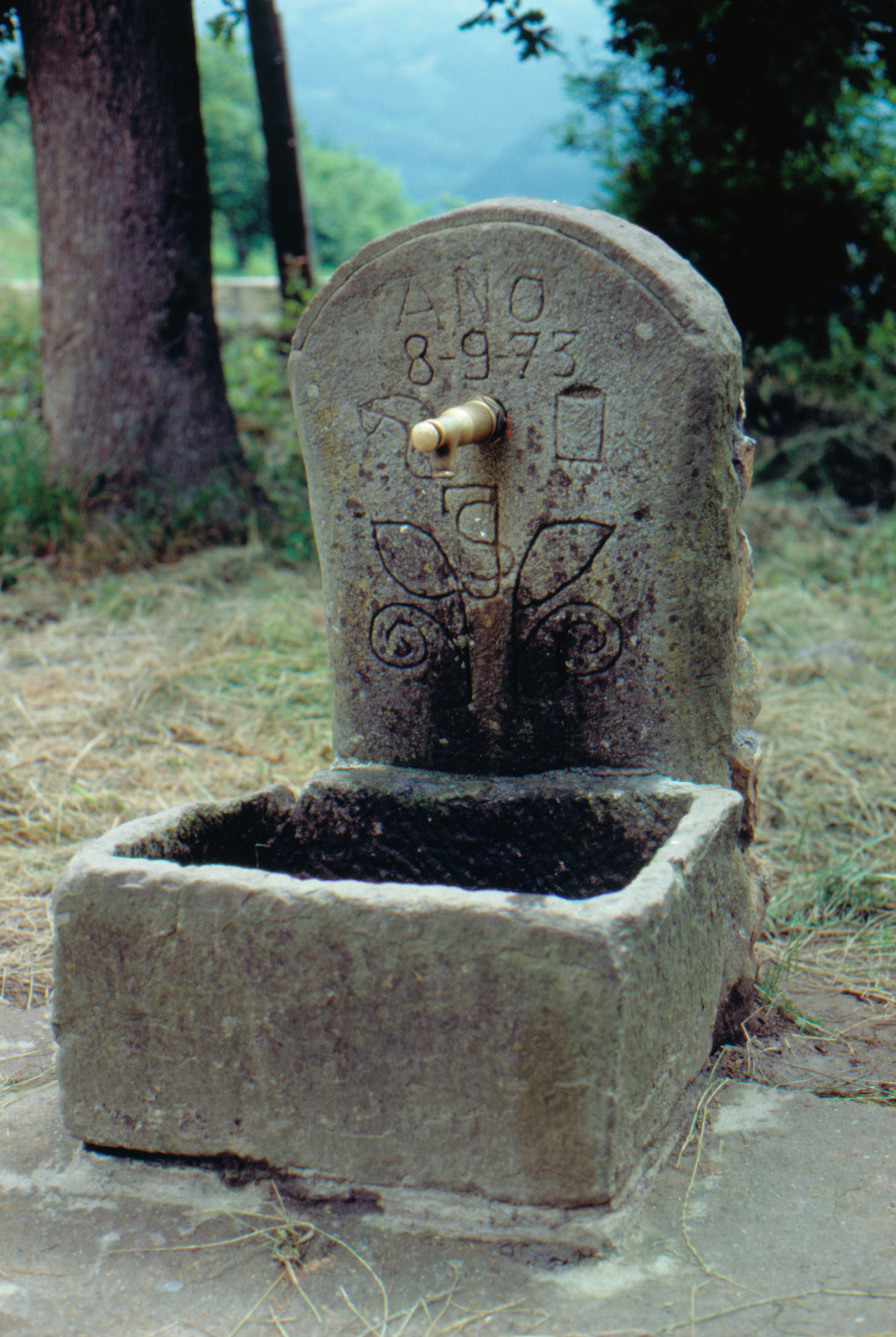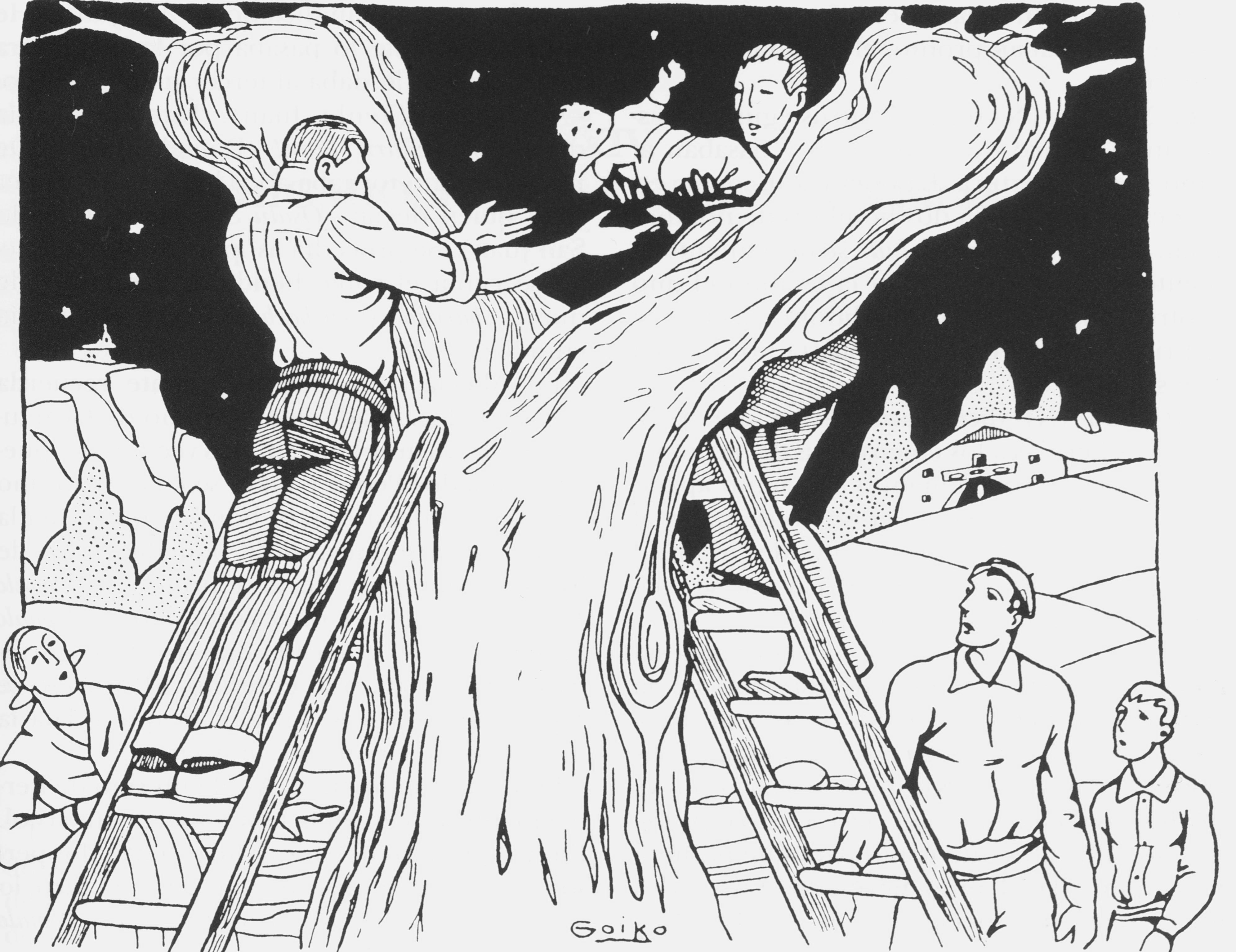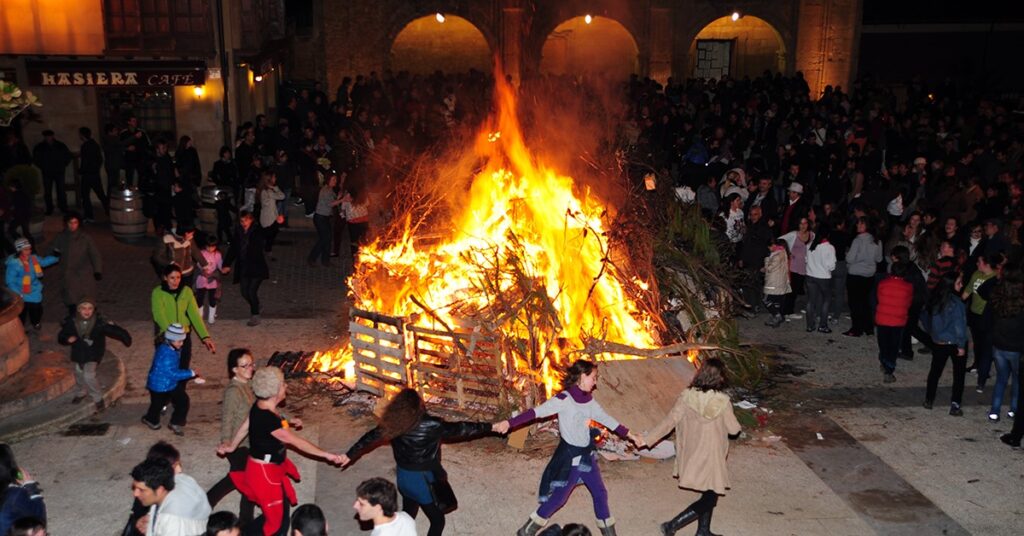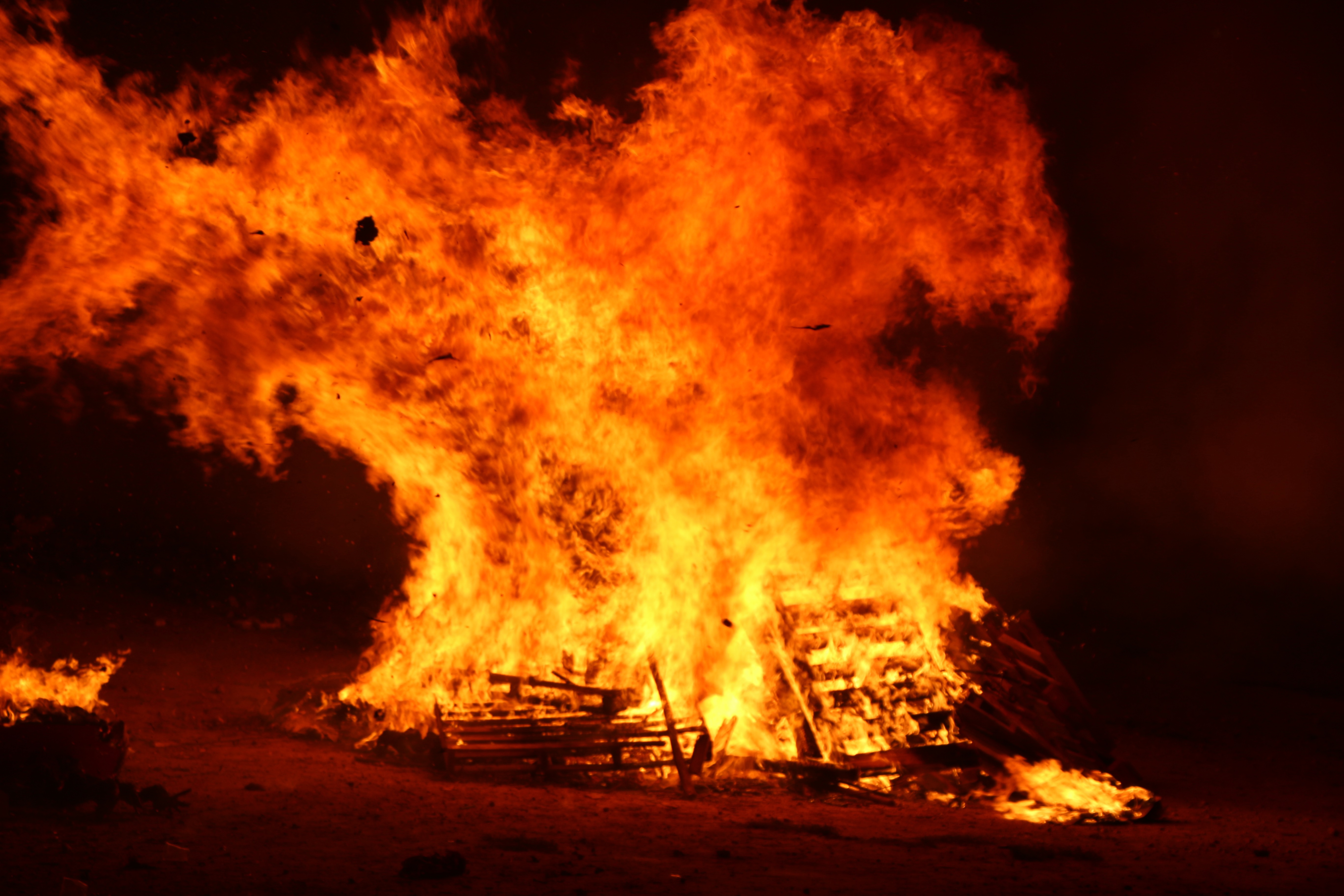Archives
If we are referring to the northern hemisphere and, specifically, winter, while the start of the astronomical season is set by the Solstice between 19 and 22 December, depending on the year, the meteorological season is based on whole months: December, January and February.

Fountain next to St John’s hermitage in Garai (Bizkaia), seat of the brotherhood of Momoitio. José Ignacio García Muñoz. Labayru Fundazioa Photographic Archive.
Many of the popular beliefs and rites surrounding St John’s Day (Doniane, in Basque) on 24 June are reminiscent of ancient summer solstice celebrations and cults.
Above and beyond the traditional bonfires still lit at dusk on the eve, back in the days when society lived in closer contact with nature, other elements of our environment acquired on the day a new healthy vigour. So it was with the water from sources and rivers, the morning dew, the trees, the grasses and the flowers. (more…)
I would like to make a reflection and express a point of criticism regarding the stubbornness of some ethnographers to develop complicated interpretations and mythological studies about the origin and meaning of certain festivals and customs. They make assertions that go against all logic and common sense. Refusing to see reality as it is, ancestral origins and esoteric meanings are claimed. They construct picturesque, fictitious and fantastic theories and hypotheses that can only be the result of a lack of good sense and an unreasonable use of works such as The golden bough: a study in magic and religion by J. G. Frazer or Fiestas populares e insólitas [Extraordinary popular celebrations] by Juan G. Atienza. (more…)

Hernia repair rite on St John’s Night. Taken from: R.M Azkue. Euskalerriaren Yakintza, I. Madrid, 1947.
Many beliefs and rituals around the Feast of St John the Baptist which persist to this day are reminiscent of ancient celebrations of the summer solstice. They make up a variegated set of myths, symbols and practices regarding, along with others, fresh water springs, the morning dew, baths in the sea, flowers and herbs, bonfires and special trees. (more…)




